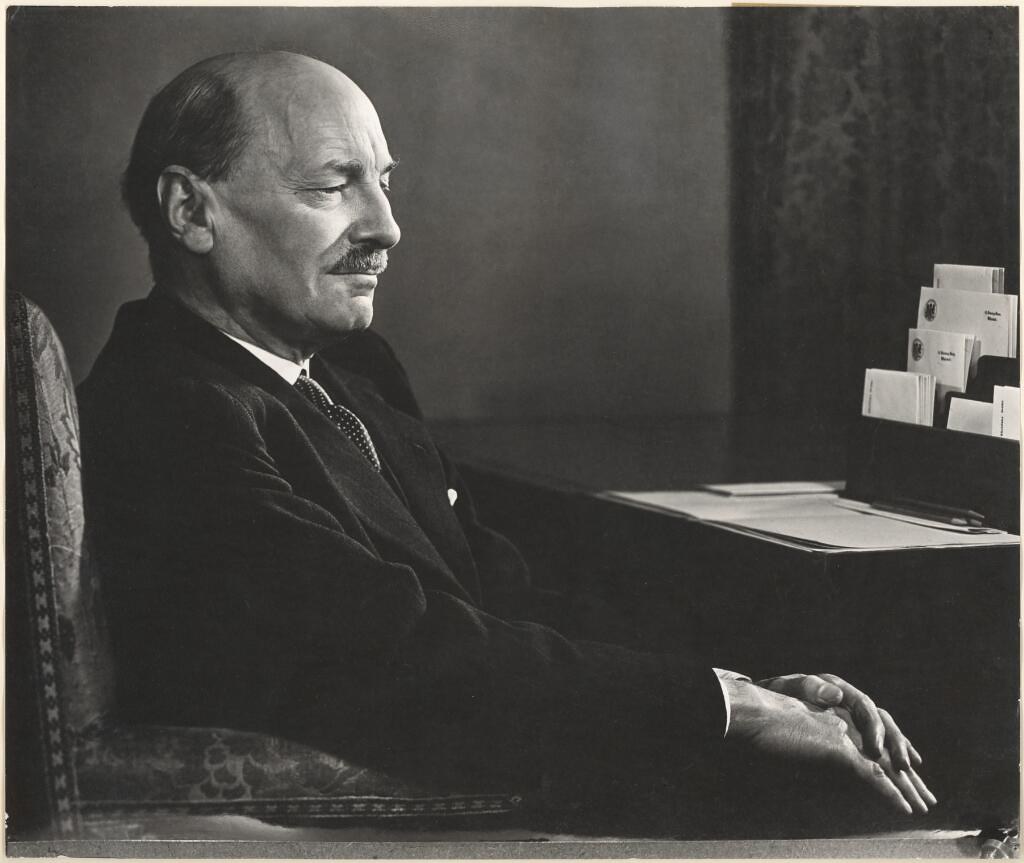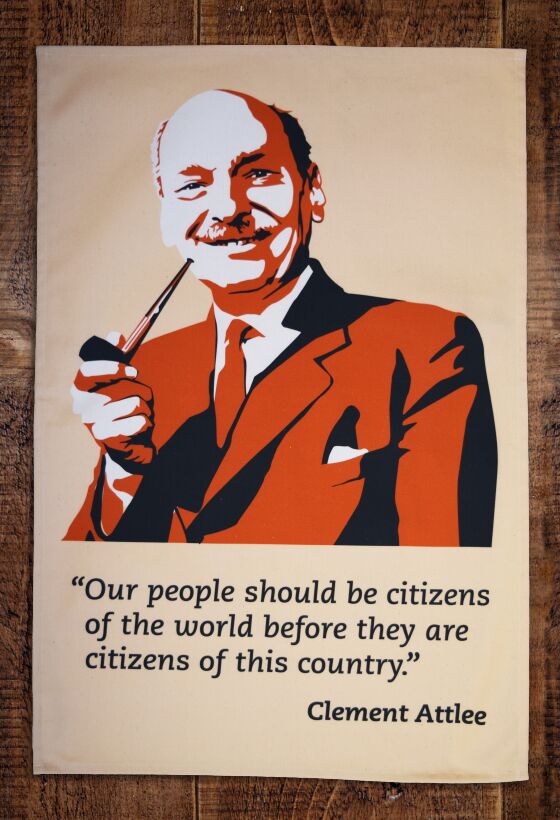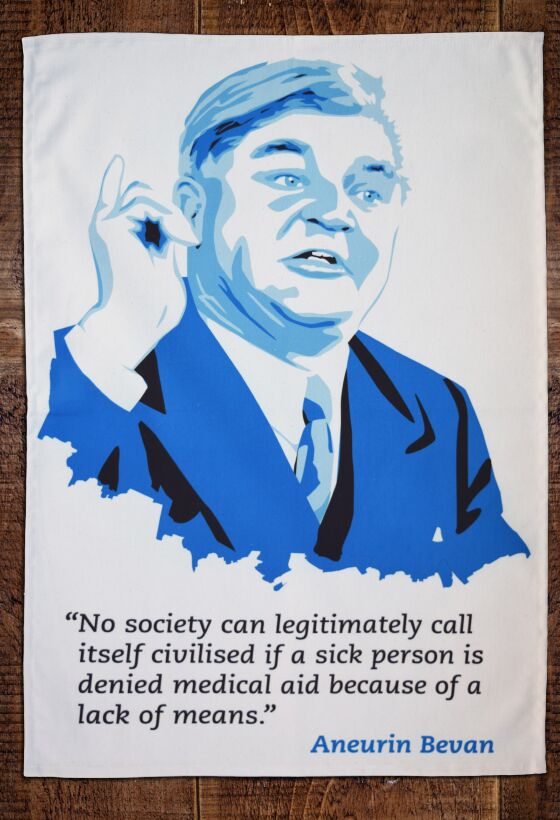Clement Attlee's Labour resurgence
Posted by Pete on 3rd Jan 2020
On Clement Attlee’s birthday, let’s remember how he helped to rebuild the Labour Party from bitter defeat in 1931 to stunning victory in 1945. A source of hope in our times.
If the Christmas and New Year festivities haven’t been enough to get rid of the political gloom, there’s a big dose of hope in Britain’s radical history which might help you.
Clement Attlee, who was born today in 1883, is best-known for leading the Labour Party to its great landslide victory in 1945.
But, as ever, the bright shine of success has obscured the years of tough graft which went before it.

Click to read more about Clement Attlee and other Radical History on our blog
Attlee's Labour Party rebuild
For Attlee, these years began in 1931 – Labour’s annus horribillis.
It was in October of that year that the Labour Party suffered a general election defeat which makes last month’s look small by comparison…
The Party, amid the political chaos of the Great Depression, lost 2 million votes as the Tories swept to power – Labour was left with just 52 MPs!
But one of these was Clem Attlee, and it was to him that the burden of leading Labour’s recovery would fall.
Following the election rout, the Party turned to the veteran MP, George Lansbury, for a new leader, with Attlee as his deputy.
The two made a fine, if peculiar, pairing.
Lansbury was a devout pacifist who had condemned the First World War while Attlee – widely-known as ‘Major Attlee’ – was a veteran of the conflict.
But the two men were old friends who’d worked together for years.
What’s more, they shared a total commitment to rebuilding Labour’s political fortunes after 1931.
Lansbury, though formally the leader, was an old man, so it was Attlee who did the bulk of the job of leading Labour – especially in the House of Commons.
During those first few years, a regular feature of Westminster politics was Clem Attlee, stood before the hulking mass of Government MPs, condemning their neglect of the British working class and demanding radical solutions to the radical problems posed by the Depression.
He called for state intervention in the economy to reboot growth and alleviate poverty; for the abolition of the House of Lords to democratise British politics; and for the decolonisation of India to wind down imperialism abroad.
Attlee’s work helped kickstart Labour’s political recovery.

Click to view this fantastic design in tribute to the former Labour PM, Clement Attlee
Attlee's ascent to the top
In the 1935 General Election, the Party gained over a hundred seats.
The show was back on the road.
After the election, Attlee was elected leader of the Labour Party (Lansbury having resigned a few months earlier).
Over the next few years, he fought hard against the Tory government’s increasingly determined appeasement of fascism in Europe.
In December 1937, Attlee made a solidarity tour of Republican Spain (which had been abandoned to its fate by the British government) as it struggled to hold out against Franco’s insurgent army; and in 1938, he denounced the Munich Agreement as a shameless capitulation to Hitler.
When war at last came, Attlee insisted on having Churchill as Prime Minister – the only Tory he trusted to follow the fight through to the end – before Labour would join a wartime coalition government.
Once in government, Attlee (as Deputy PM) and his fellow Labour ministers gave their all to achieving the defeat of the fascist powers.
And, when that defeat was at last achieved in 1945, Labour went to the polls with a confidently radical election manifesto, ‘Let Us Face the Future’, which began,
“The Labour Party is a socialist party and proud of it. Its ultimate purpose at home is the establishment of the Socialist Commonwealth of Great Britain.”

Wise words from the founder of the NHS - click to view this Aneurin Bevan design
The post-war Labour resurgence
The result was a vindication of all the work Attlee and his comrades had put into Labour’s post-1931 recovery: 47.8% of the vote (almost 12 million) and 393 seats, with a 12% swing from Tory to Labour.
Attlee strolled into 10 Downing Street and, along with the likes of Nye Bevan and Ellen Wilkinson, set to building a better world.
This story – the story of Clement Attlee and Labour from 1931 to 1945 – is the simple proof that, after night, comes day.
As a Chilean poet once wrote:
“You can cut all the flowers but you cannot keep spring from coming.”
Our New Years Sale is still on - click to the view the fantastic discounts!
